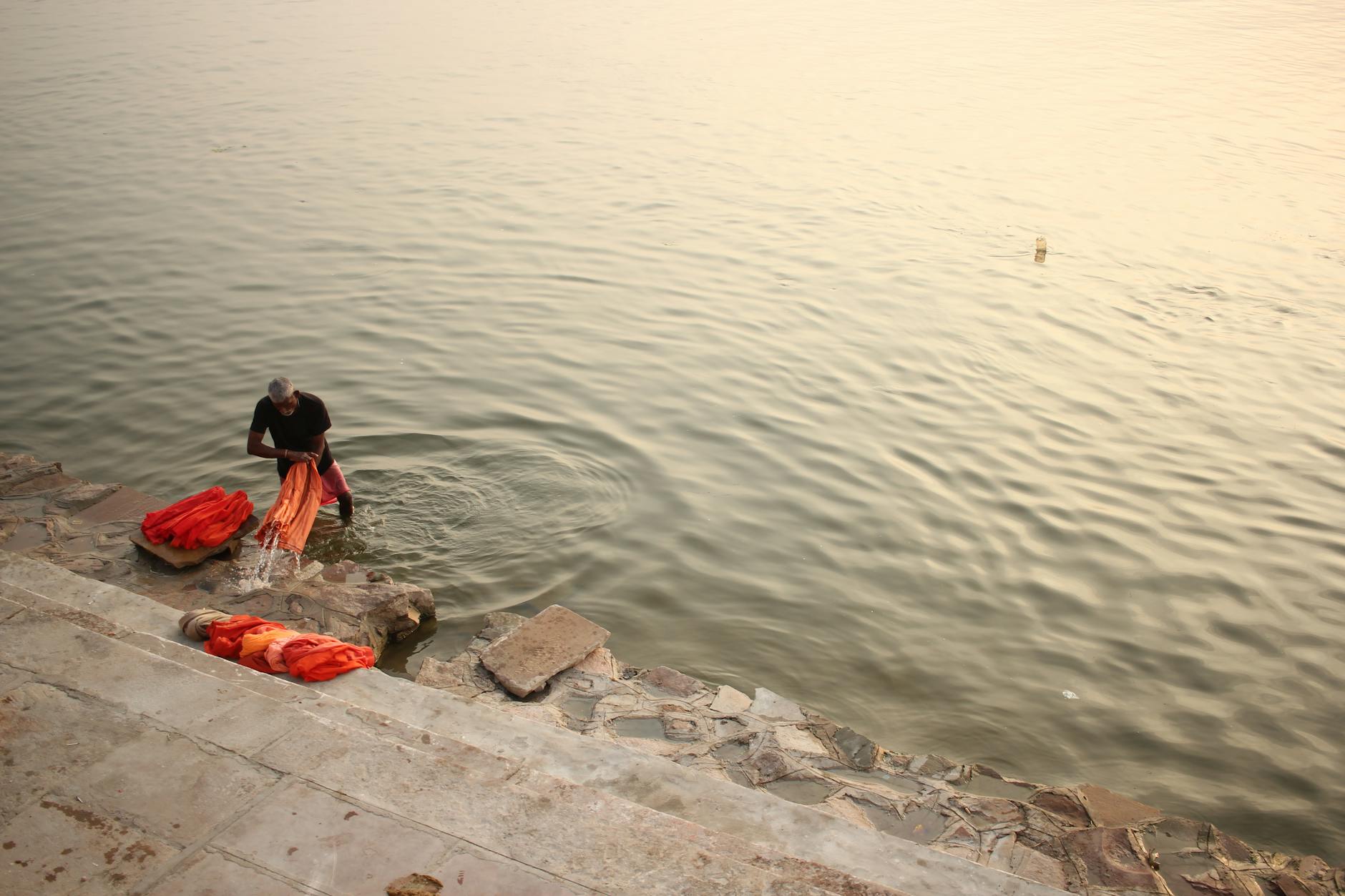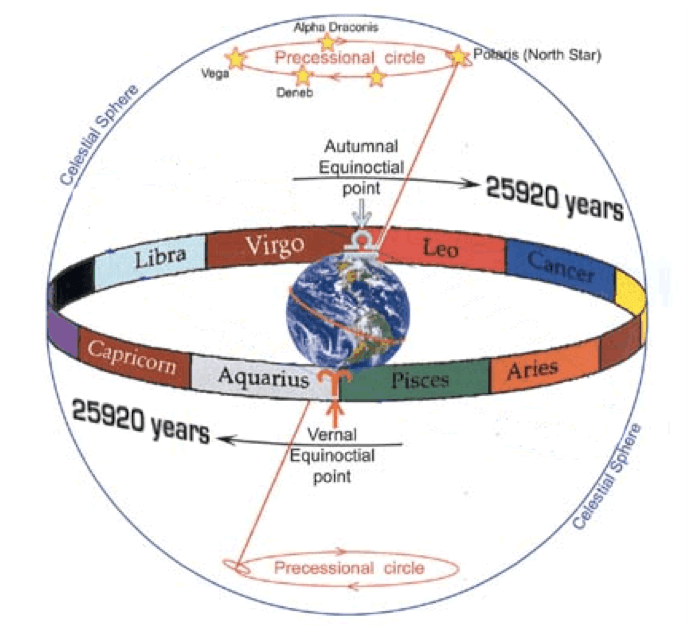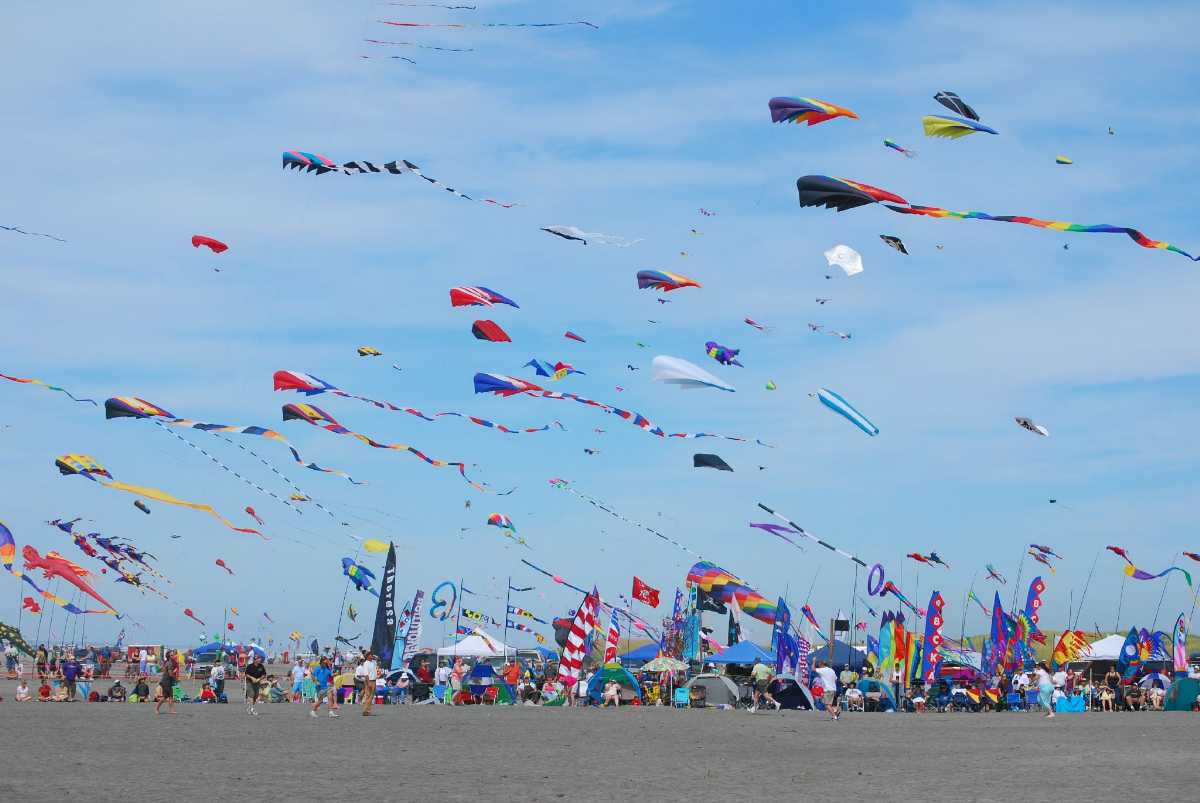For millennia since antiquity, astrologers around the world were trying to find out a trusted way to define time. In their quest to find out an undisputed way of record keeping and giving some kind of coordinate to the time between each new sun to the next new sun - the night sky naturally became the handiest instrument.
Around 2000 years ago, these ancient analysts divided the ecliptic (earth’s path around the sun through its annular motion) into 12 equal parts of 30 degrees each and created the zodiac boundaries, as the planet moved through the ecliptic. It apparently looks like the sun is rising from that part of the celestial sphere. These parts are well famed now with the name of the residing constellations - Aries, Taurus, Gemini, Cancer, Leo, Virgo, Libra, Scorpio, Sagittarius, Capricorn, and Aquarius, each named after the shape of the constellation resembles within that 30 degrees of the sky - called Zodiac Constellations.
Anybody born in the days of sunrise being seen to happen from a one Zodiac constellation is said to be of that Sun Sign - I am sure even if you do not do it daily, you must have at some point referred to the predictions based on you Sun Sign.
Now in the process, a couple of other observations came as important points in the ear, Summer Solstice (the longest day in the northern hemisphere), Autumnal Equinox (Mid-autumn day when the length of day and night becomes equal), Winter Solstice (the longest night in the northern hemisphere) and the vernal equinox (the Spring day with equal length of day and night). These started being associated with the seasons and the changes in those as seasons were as important in the quest as the months.
In this way of year division, there were two independent components involved - which until then probably was known to have been independent by the majority of the population (perhaps except a very very few advanced astronomers). So certain coincidences were believed to be as normal as a natural phenomenon. One such phenomenon is the attribution of Uttarayan and Makar Sankranti.
Uttarayan is a tropical phenomenon that starts from the day next to the winter solstice - as the sun’s apparent path across the sky starts sliding northwards till the vernal equinox - since the length of day increases due to this phenomenon, the time had been traditionally considered to be better times in the year. The first day in a different culture is celebrated as the day of sun worship or light worship.
Now about two millennia ago, the day of Winter Solstice coincided with the day of Makar Sankranti i.e. nothing but the day when the sunrise transitions from the Sagittarius to Capricorn constellation. Capricorn is called Makar in Indian calendars, so came the name.
However the two factors the sun and the background sky are in reality independent ones, whatever they may look like from the planet - the independence is caused by a third motion our planet has called “precession of the earth” - a cyclic wobbling in the orientation of earth axis completed around 26,000 years. This wobbling causes the change in the sky we see from the planet generally over the longer time frame, in short term and without powerful pieces of equipment it goes normally un-noticed. Just to give a perspective on how slow the change could be, the sky shifts about 1 degree in 72 years, 1 degree can be roughly equal to two full moons or a bit less (1.5) than that. In time terms the shift is about 50 seconds in a year.
But this small shift becomes slowly significant when millennia are involved, that’s how today while the winter solstice is observed around 21st December, Makar Sankranti is observed by 15th Jan. The difference of about 70 days can be calculated arithmetically by dividing 10000 seconds (50 sec X 2000 years) by 1440 (number of seconds in a day.
Currently, all Makar Sankranti festivals can be related to the phenomenon of the increasing day hence they are dedicated to the sun, this is the day when across India Sun is worshipped and thanked for the prosperity it granted to the planet as the supreme source of energy. As this time also is associated with harvesting, different traditions of welcoming the harvest and celebrating the abundance are also seen.
But the interesting question about what happens afterward remains, as about 9000 years from now the day of Makar Sankranti will shift so much that it will coincide with the day of Summer Solstice - the day exactly opposite to the winter solstice or Uttarayan. The day of Uttarayan witnesses the longest night, while the summer solstice has the longest day. While Uttarayan initiates the length increase of the day, summer solstice initiates the decrease. While around Uttarayan is the time of harvest, the summer solstice is the time when agricultural activities are scarce due to extreme summer - very aptly this day is called Dakhshinayan, or the Southward movement. South is associated with death in the Indic school of thoughts.
But the question remains - if we are still celebrating Uttarayan on Makar Sankranti even if the gap between these two has become as long as 70 days, will we continue to celebrate Uttaryan on the day of Makar Sankranti even when it goes to the extent of coinciding with the day opposite to it.
~Avirup Chakraborty
READ WHO IS SHIVA






0 Comments